12 Warren Case Study by MARCH
15 Renwick case study by MARCH was among my favorite articles of 2015. Seemed only natural to me to keep tabs on what they do and share more great work here… today is such a day! 12 Warren showcases a different approach to architectural visualization once again. CARVED FROM THE QUARRY, it is a fresh breeze to what seems like a very matured and defined discipline by now, reminding us it does not have to be that way and there are still paths to be explored and not just on the technical side.
MARCH would like to extend big thanks to Ronen for the opportunity to share more of our work & process on this great blog. We are constantly inspired by the creativity and artistry within the community and excited about the technological developments improving and expanding our industry. We are optimistic that architectural visualization is on the brink of becoming a more immersive and interactive art form and we are very thankful for Ronen who continuously curates this rising wave of development so the rest of us can stay creative, informed and connected.
Introduction
12 Warren is a twelve floor, thirteen unit condo development in the Tribeca neighborhood of Manhattan, NYC. Its façade design is inspired by quarry tectonics and is composed of massive stone elements often weighing several tons apiece.
Fascinated by the tooling marks left from extraction and the discarded, fractured slabs found at quarries, the architects hand selected and assembled a bluestone composition of natural, live edges and split faces against a base surface of cut brick. Found and shaped stones are structured together to form a building that is organic and geologic in nature yet meticulously engineered and assembled.
With the property in a tight, mid-block location and the building site under construction, we were faced with various physical constraints which limited our options for backplate photography. More opportunity than an obstacle, this opened the door for us to sell the client on creating the hero shot as a conceptual piece. Part archeological find, part monument, part Petra and part modern architecture, the building became a timeless artifact of the quarry from which it was sourced.
Since MARCH’s focus is 3D, we took on the challenge of meshing a highly articulated building and a complex terrain without relying on 2D assets and matte painting techniques. Although a collaged approach would have saved a lot of time and energy, sculpting surfaces and stacking stones within the virtual model allowed us to craft the components with greater control. In an effort to blur the edges between building and environment, individual bricks feather out into the strata while cliff face sections creep over facade lines; cut boulders pile alongside fallen rock while huge slabs double as balconies, dormers, and lintels. Through a process of erosion and construction, the building and the quarry have become one.
The stone façade was sourced from the Tompkins bluestone quarry located in Hancock, NY. As a separate art commission, DDG hired photographer Jacqueline Hassink to capture the sublime beauty and character of this unique location.
When considering our own art direction, we looked to these photographs for mood, palette, and other visual cues.
As part of DDG’s integrated design/build process, a horizontal mock-up of the facade was hand composed in an open lot outside the city. Once key pieces and the surrounding stones were set, the composition was documented, transported and reassembled on site.
As a source of inspiration, we researched the WPA National Parks posters of the 1930s and 40s for their use of composition and grounding elements to convey a striking sense of monumentality.
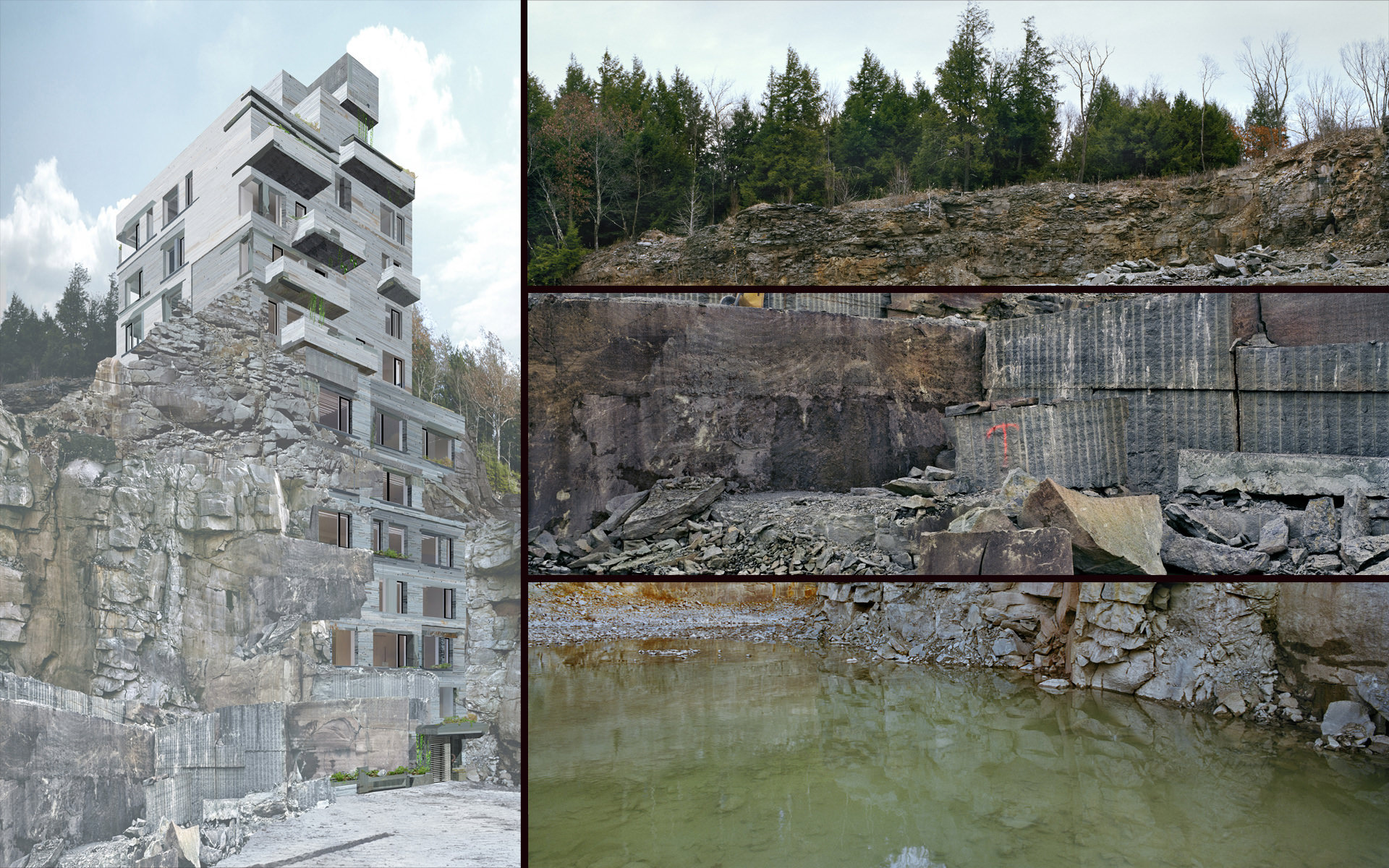
Left: We experimented with the meshing of building and quarry though early concept collages. Right: A montage of three strata of the quarry were referenced while conceiving and creating the base, face and ridge zones within the digital context.
Working within an evolving art form, MARCH strives to experiment with and push an expanding suite of software packages. To produce this image, scene setup and base modeling were done in 3ds Max; V-Ray served as the primary rendering engine; the terrain was sculpted in Mudbox; vegetation and small rock scattering were distributed through Forest Pack Pro; the RailClone generator was used to layout standardized bricks; custom texture maps were painted in Photoshop with compositing and post-production happening in After Effects.
The set above shows stages of development within the 3D model.
- Left: A rough massing of the cliff was composed through the lens of the camera. The geometry was then unwrapped in order to provide clean UVs for further development.
- Center: After the building facade was constructed, the terrain form was sculpted using Mudbox.
- Right: A displacement map was painted in Mudbox to provide additional detail and realism to the surfaces. To populate the landscape, vegetation and stones were then scattered throughout the scene using Forest Pack Pro.
The base form of the terrain was modeled and unwrapped using 3ds Max. Complex surface UVs were flattened so large, seamless texture maps could be 3D painted within Mudbox.
The same texture painting process for the cliff was applied to each of the larger, found stone elements selected for the facade. We digitally recreated over 100 custom bluestone blocks to match actual stones to their eventual locations on the building.
Custom modeled bricks of varying lengths and characteristics were distributed throughout the facade. This amounted to over 100,000 individual bricks within the final model all randomized and arrayed using iToo’s RailClone plugin. Zbrush was used to sculpt and decimate the more weathered stones.
To recreate the natural diversity found at the quarry, in excess of 50 different trees, bushes, flowers, and grasses were scattered 10s to 1000s of times each throughout the scene. All the vegetation was deployed using Forest Pack Pro which allowed for roughly half a billion polygons to propagate across the landscape with relative ease.
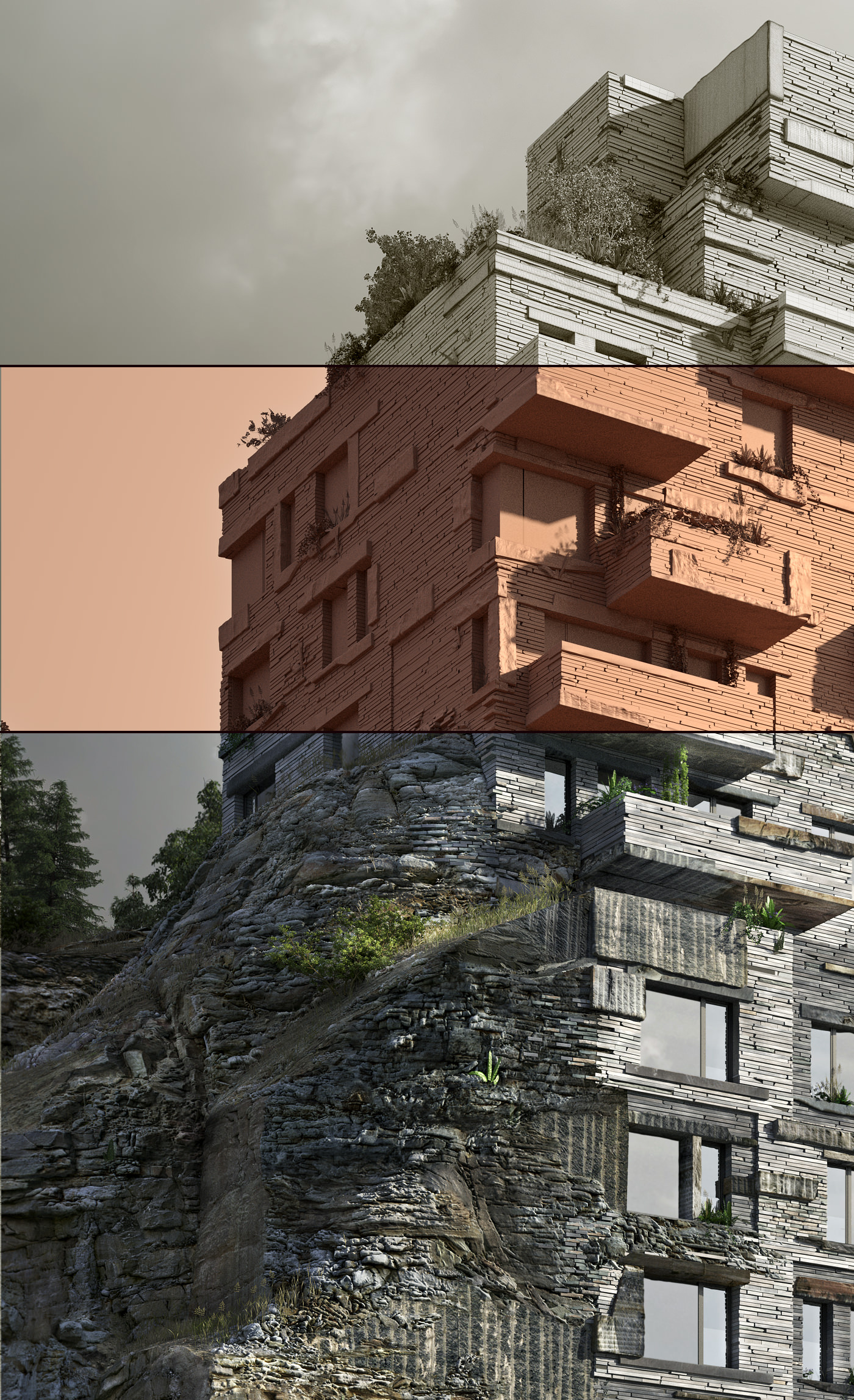
Top: All maps removed with the mesh wireframe displayed to show the complexity of the geometry. Center: A clay shader with displacement turned on. Bottom: The final image with color grading and post effects applied.
The final image was produced at 5000 pixels high 3000 pixels wide. Above is a detail crop showing the complexity of the model and rendering at full resolution (right click the image, open link in new window and zoom in to see at 100%).
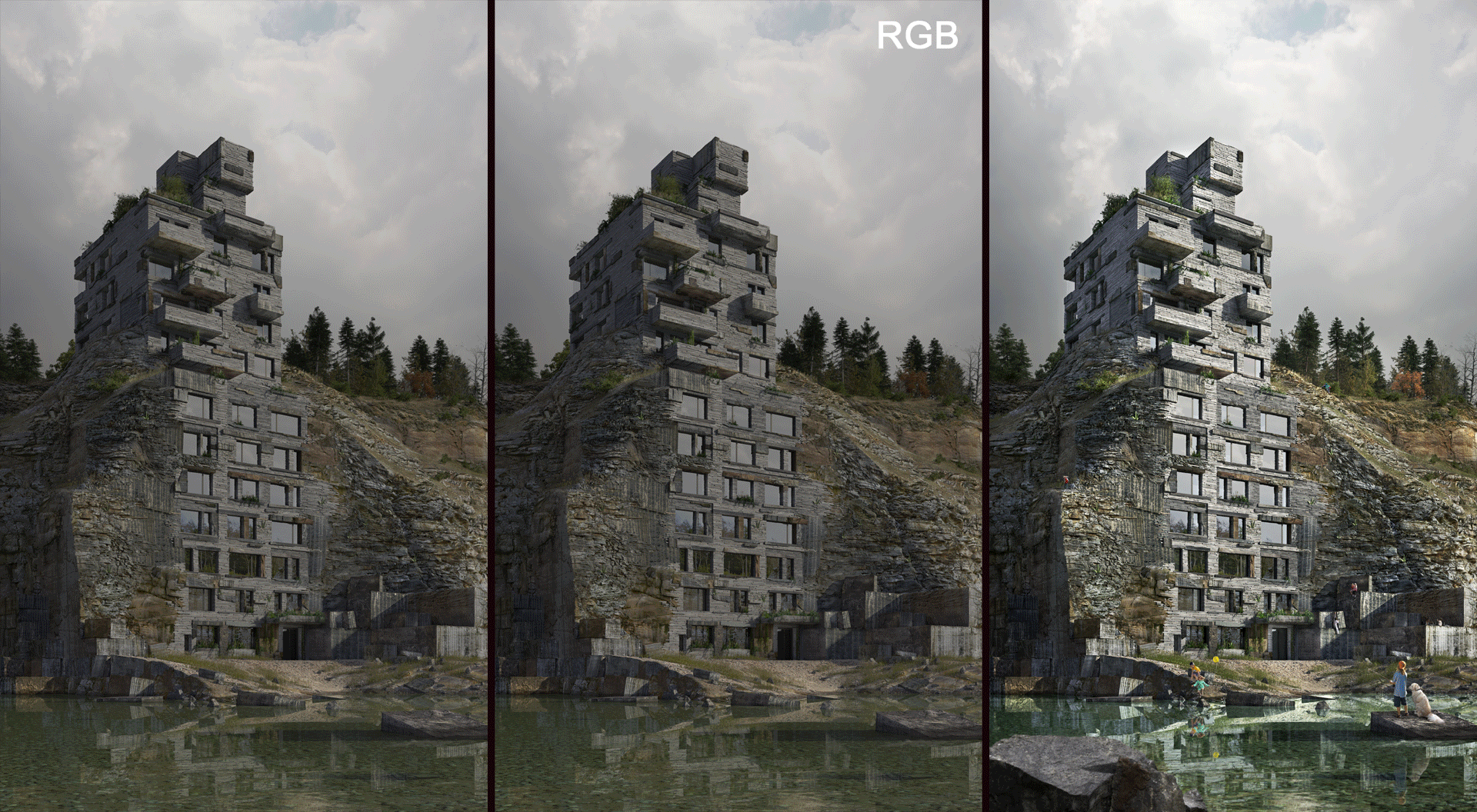
Left: The raw render RGB pass. Center: A selection of some of the render elements we used in After Effects to fine-tune lighting, materials, and treatment. Right: The final image after post-production.
As a compliment to the exterior, an interior image is left raw and unfurnished to further emphasize the project’s heavy, natural palette, and honed nature. To add life to the vacant interior and a bit of whimsy to the seriousness of architecture, two little kids and their dog (actually MARCH’s office dog, Boise) play amid stacked totems and small piles of tiny quarry rocks.
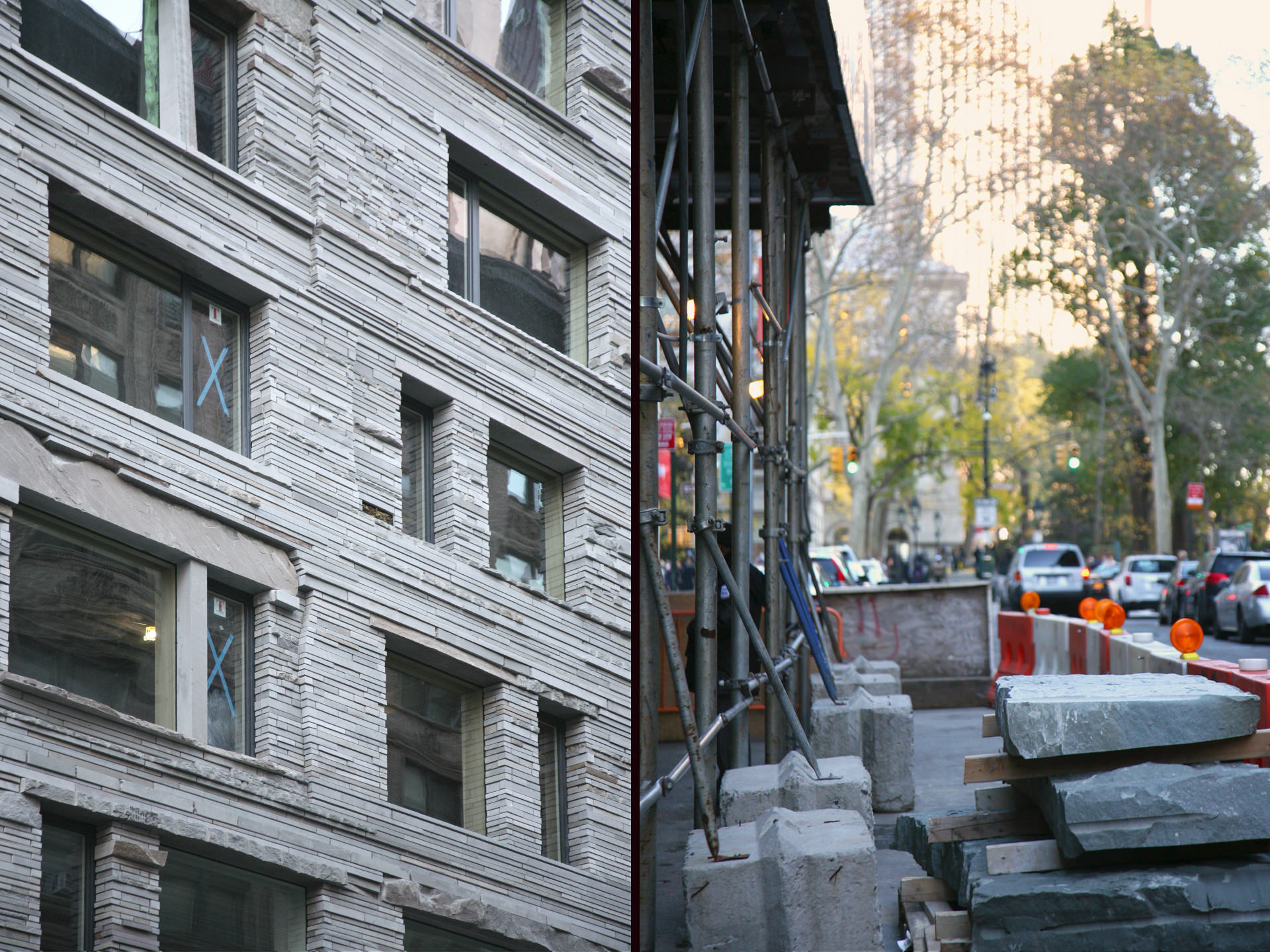
Left: 12 Warren is currently under construction with a portion of the facade now complete. Right: Stacks of huge, raw stones waiting to be installed fill the construction site’s staging area
A final version of this image was produced with and without people. In the populated one, kids at play have stumbled upon the native 12 Warren hidden deep within a quarry (right click the image, open in new window and zoom in for added detail).
So, that`s it.
Here are all the parties involved in this project :
Images + Art Direction : MARCH
Architecture : DDG
Construction : DDG
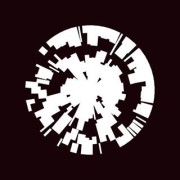
MARCH is a design and consulting firm focused on digital environments. We create art around the unbuilt and approach still and moving image making from a conceptual perspective.
MARCH collaborates with leading brands, agencies, architects, artists, stylists, developers and marketing firms. We couple digital prototyping with advanced imaging to create a virtual architecture for an array of applications.
Be sure to visit MARCH’s Behance Portfilio





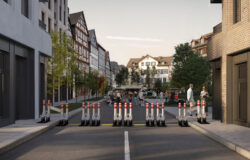
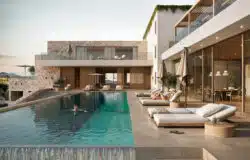





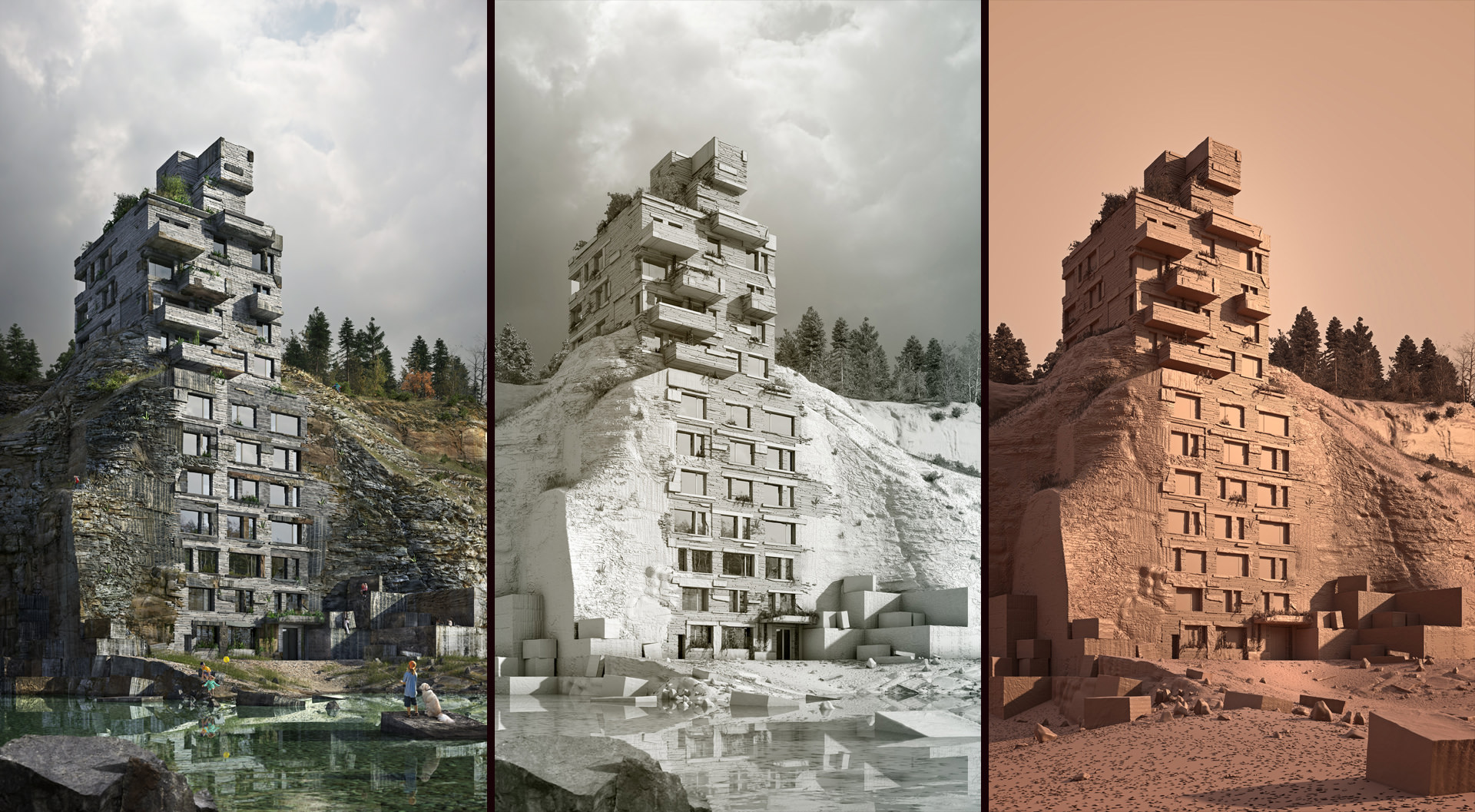
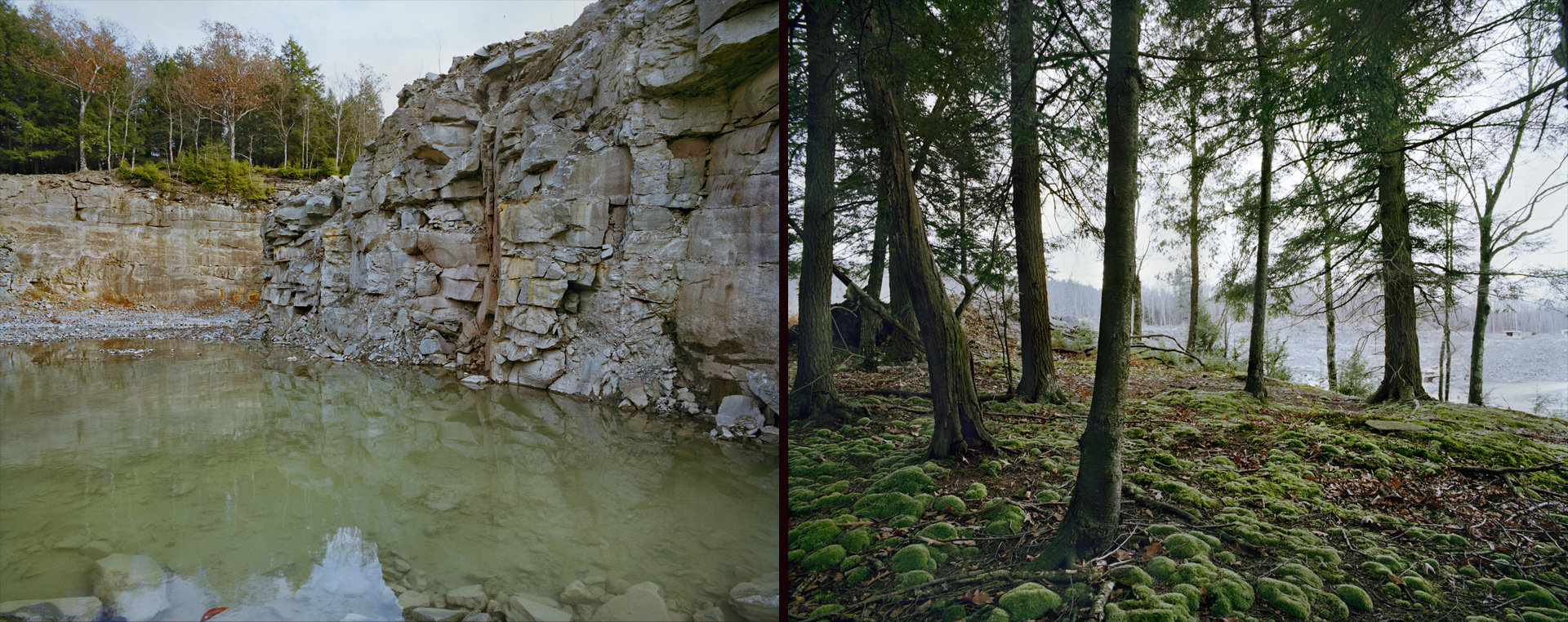
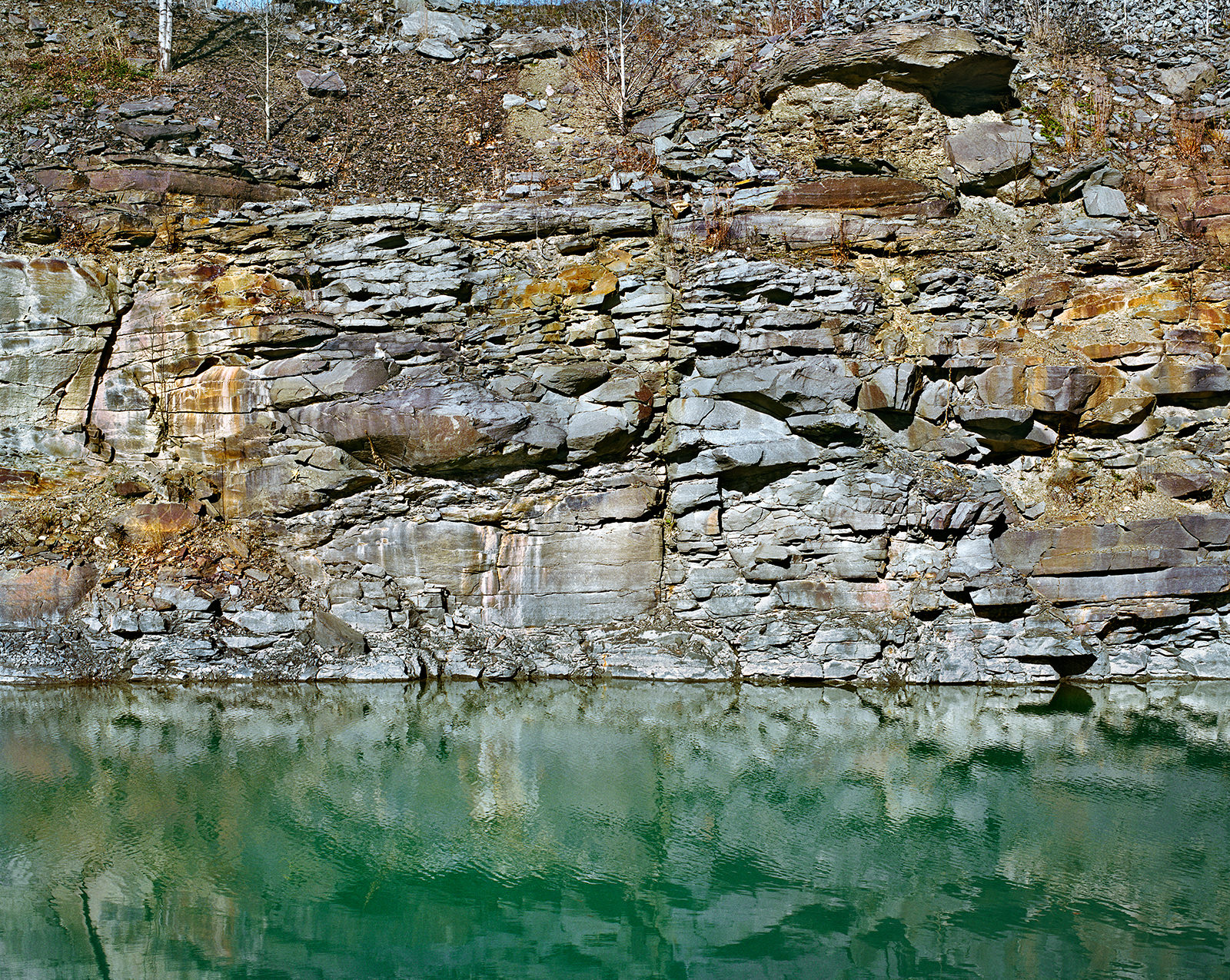
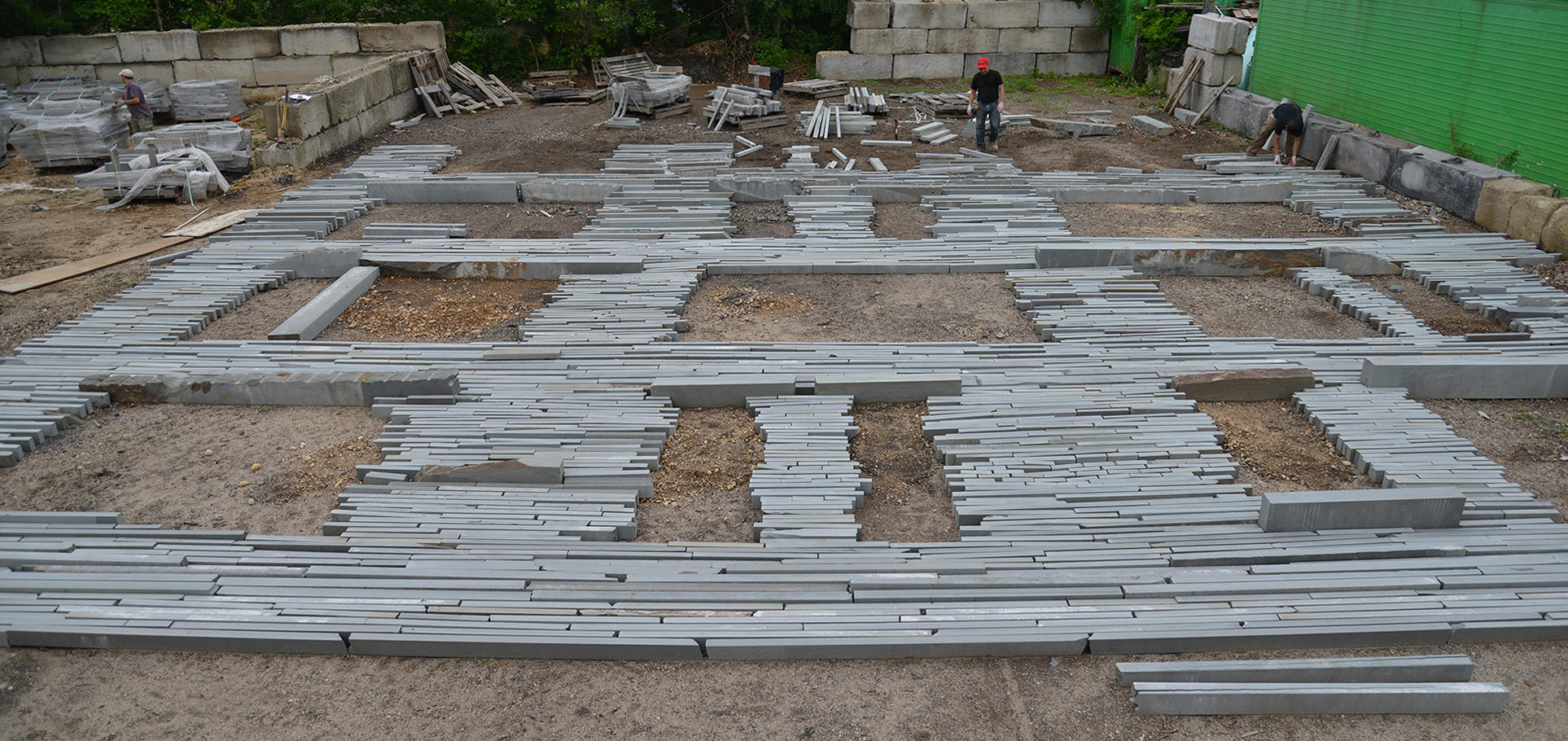
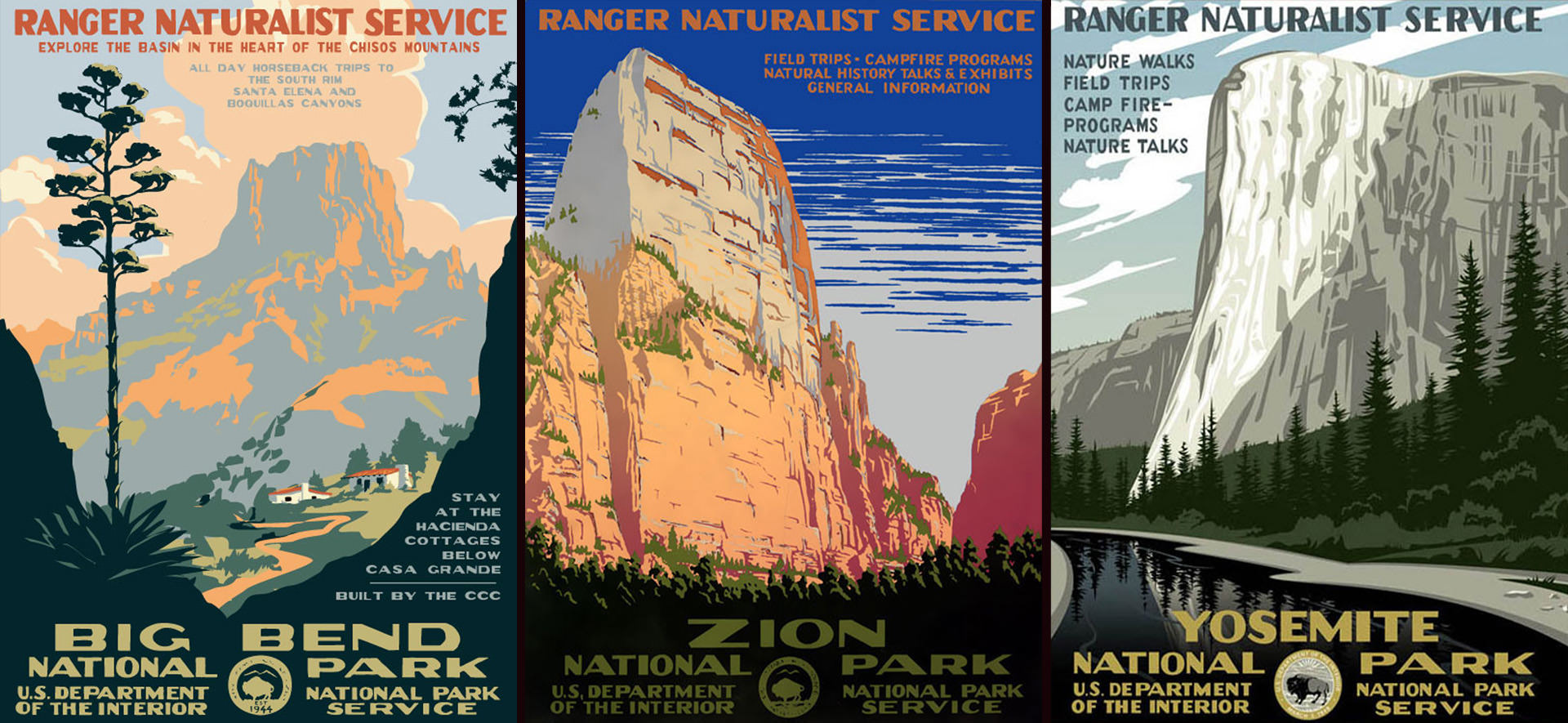
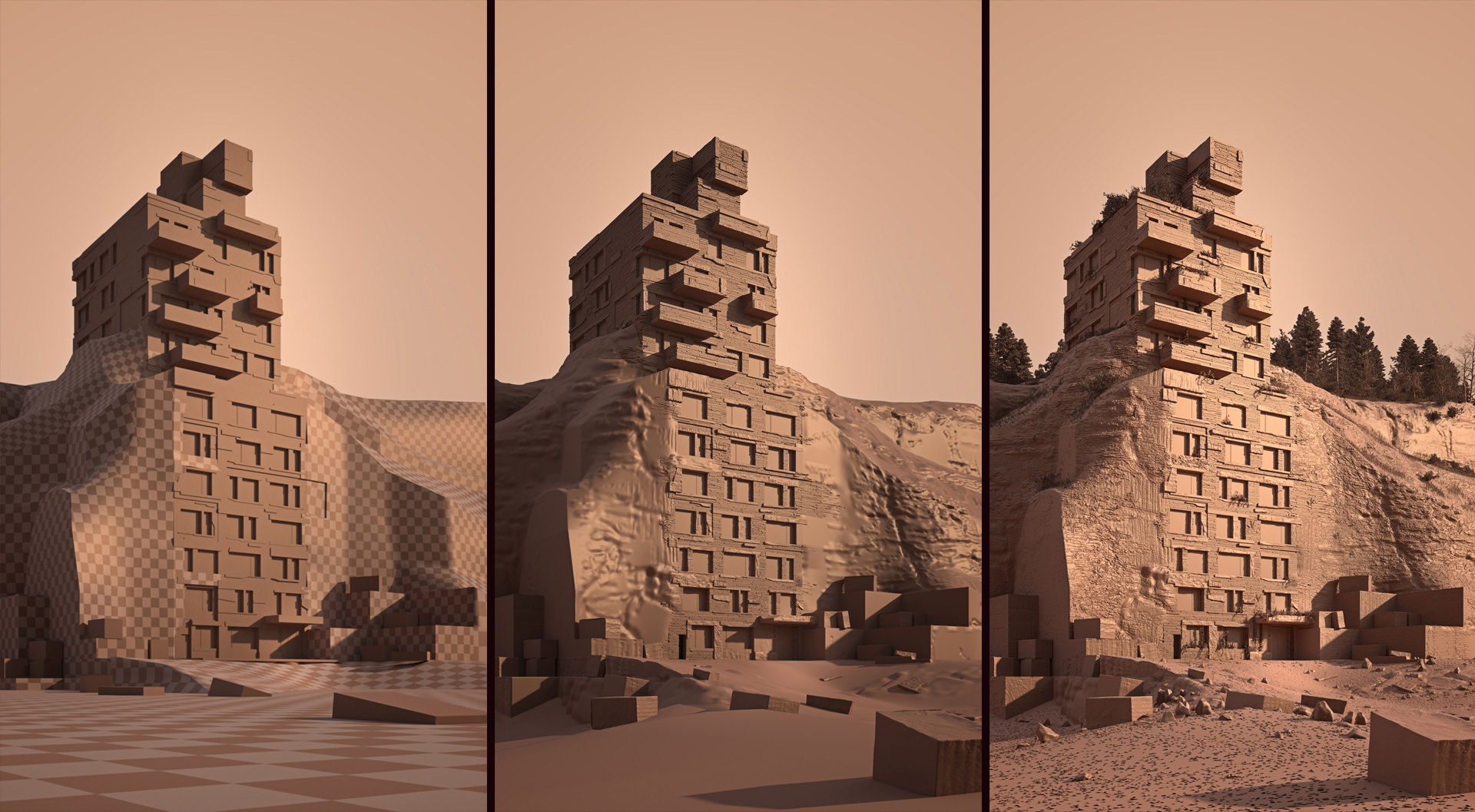
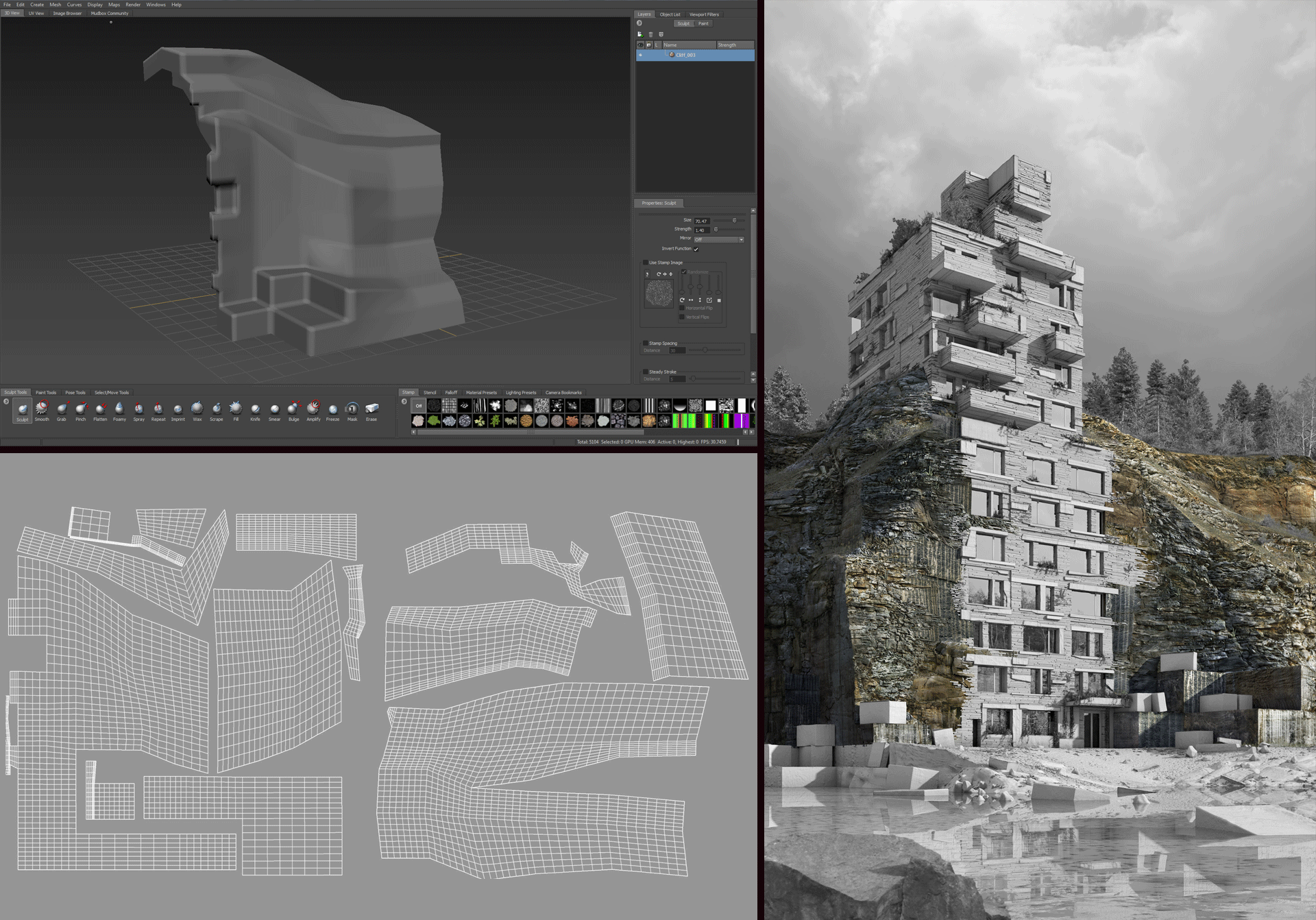
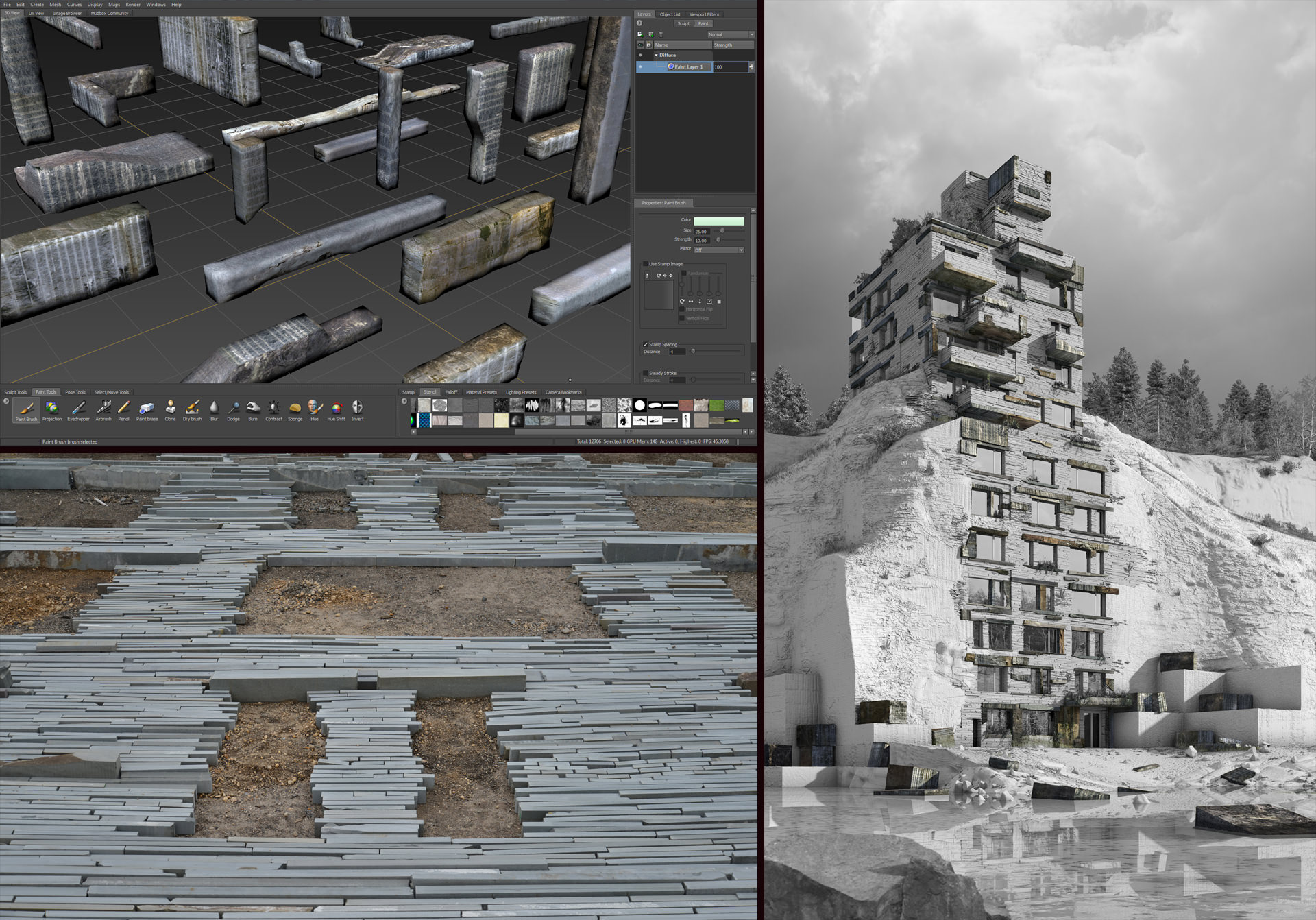
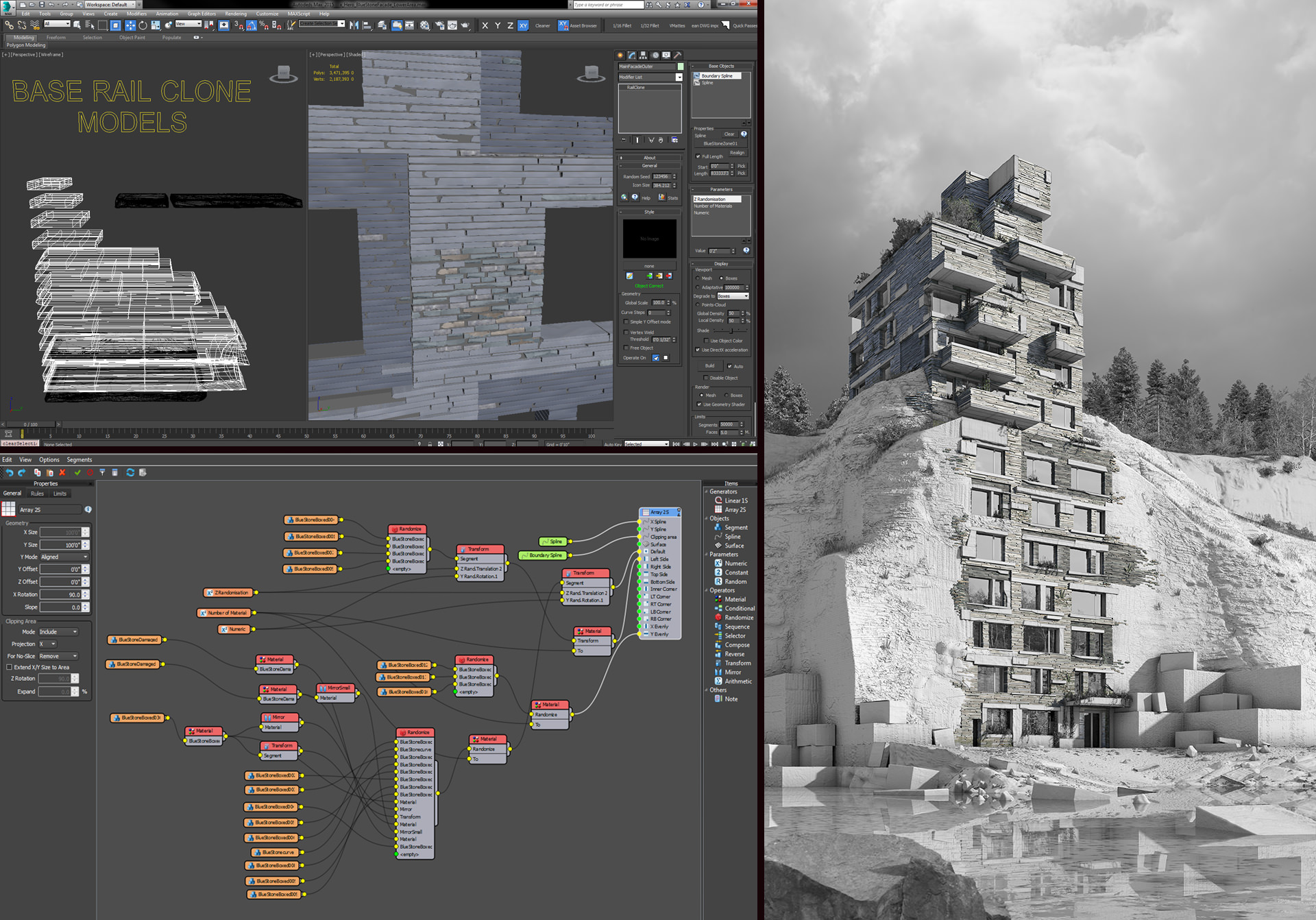
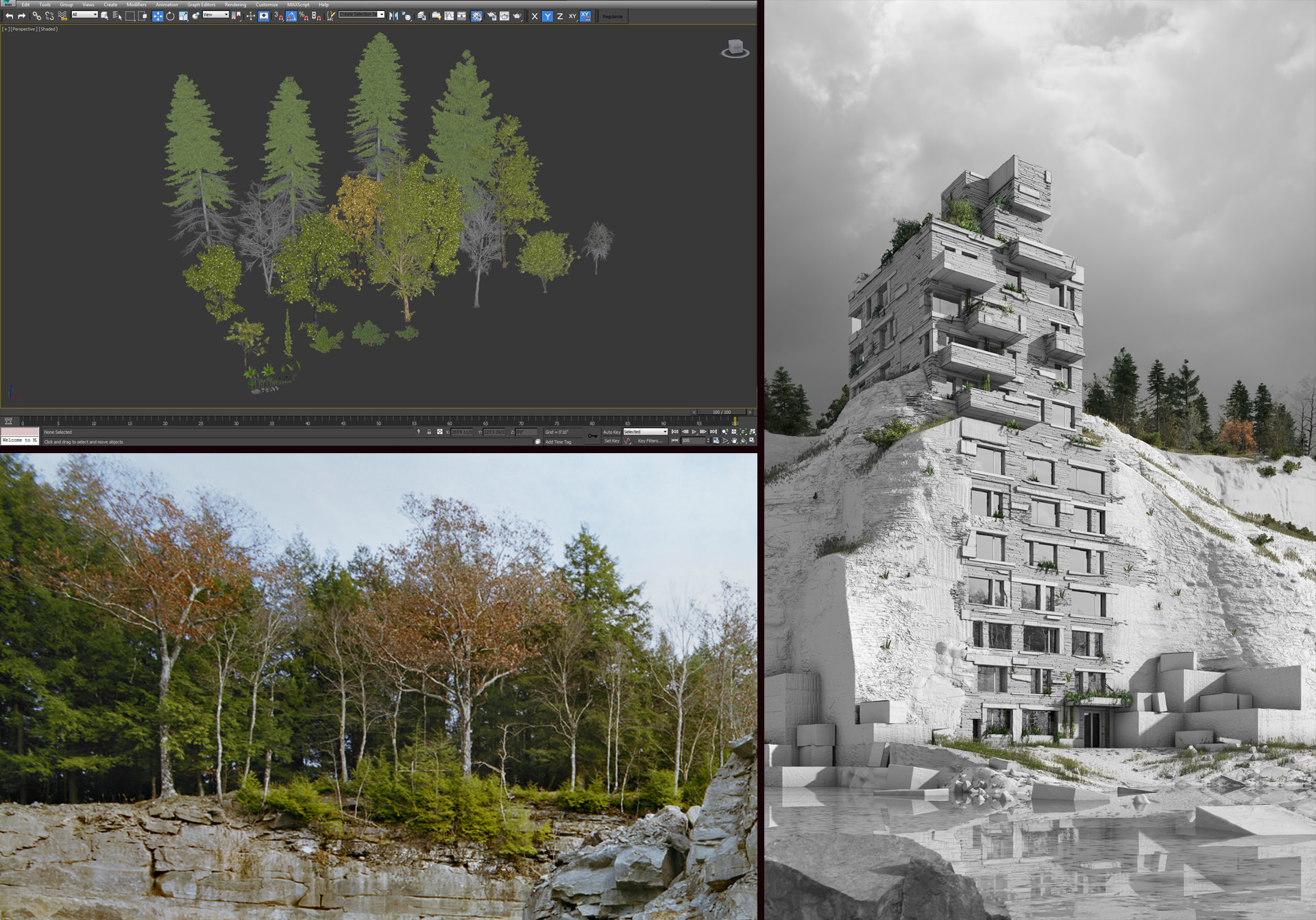
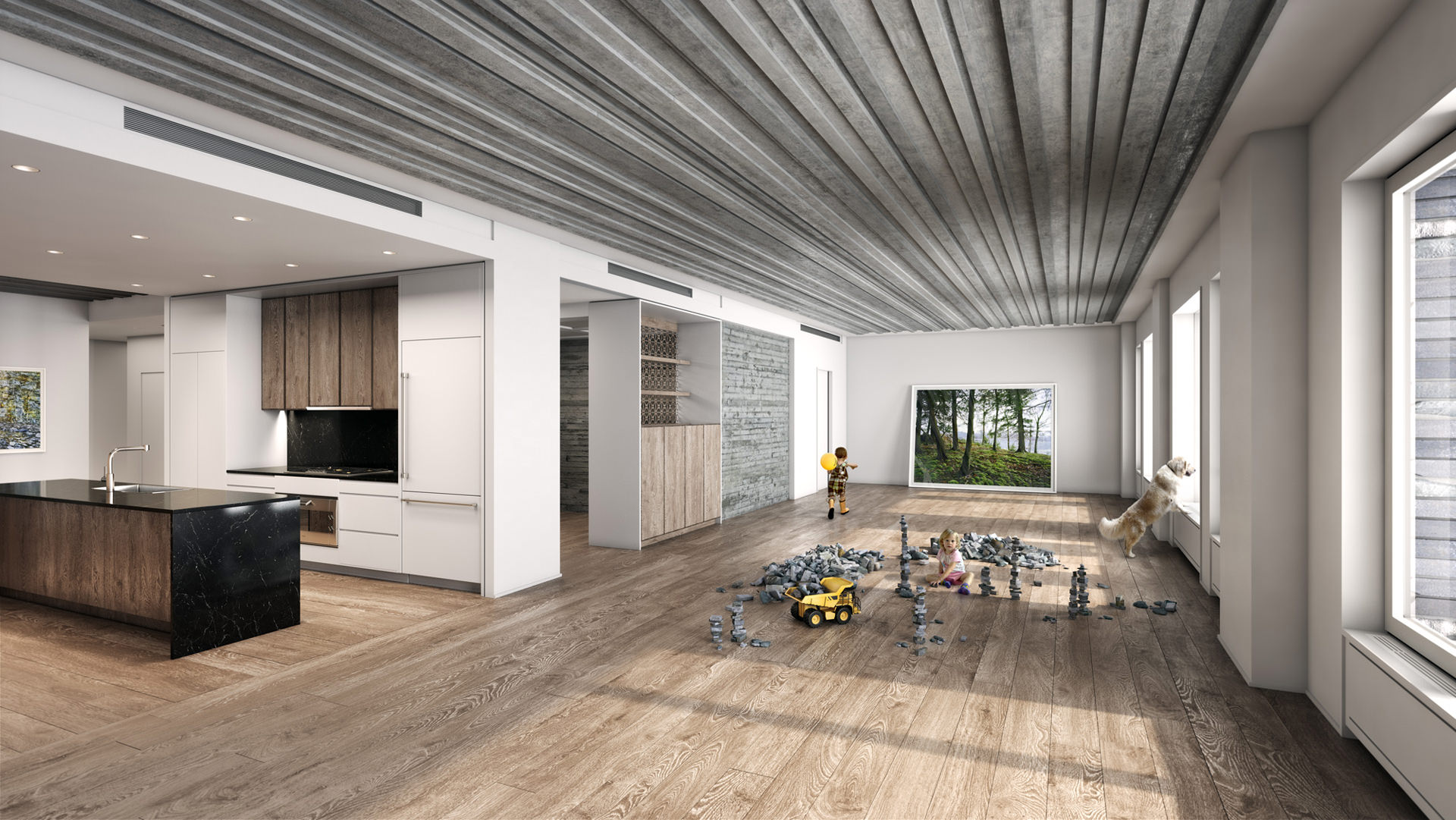
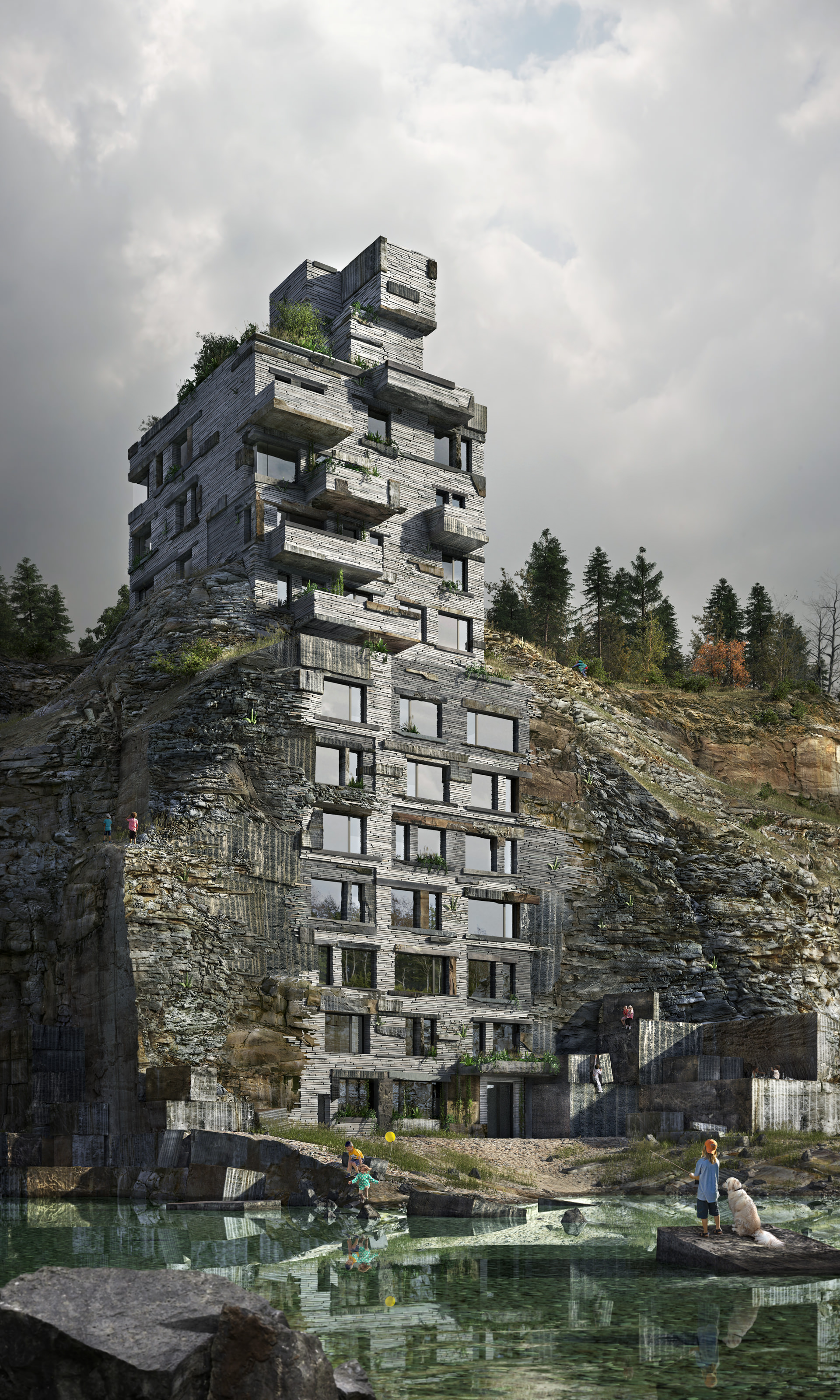
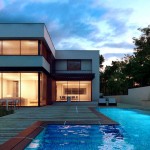


This is too awesome not to share
Half a billion polys worth of plants 0_0
How long were the save times??
Great job! Look at our works at archicgi.com.
Great 3d Work. Although, form an architectural point of view, It’s the first time I see this kind of image-marketing focused project in such abstract level; presented in a total irreal uncontextualized environment, evoking an atmosphere that is not the case. The building seems to be integrated in a perception imaginarium that needs to see the image first, and then everytime you look at the building, construct a fantasy-land and forgot about the urban environment….
nice article :)if you are looking for guides, tips, any help you can take a look here https://pro-essay-writer.com/blog/book-review.html
3D printing is definitely an
additive manufacturing process thatresults in a physical
object froma digital design. There are a number of 3D printing technologies and materials that
you could print with but all uses the
same principle and that is turning an electronic model right into a solid three-dimensional object by printing
it layer by layer.
https://www.allthat3d.com/large-3d-printers/